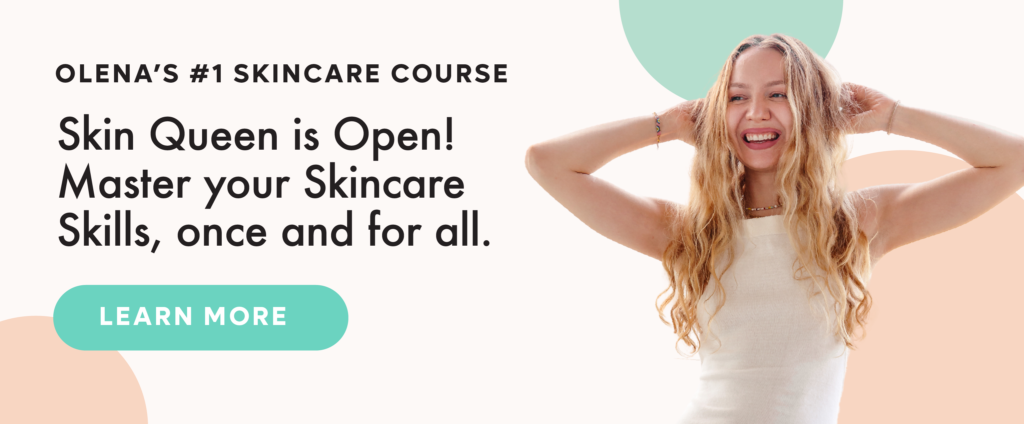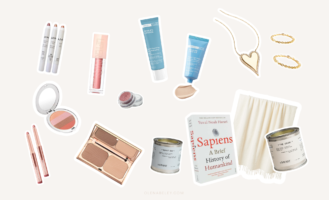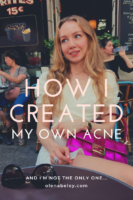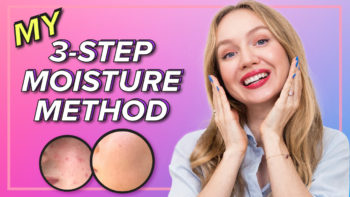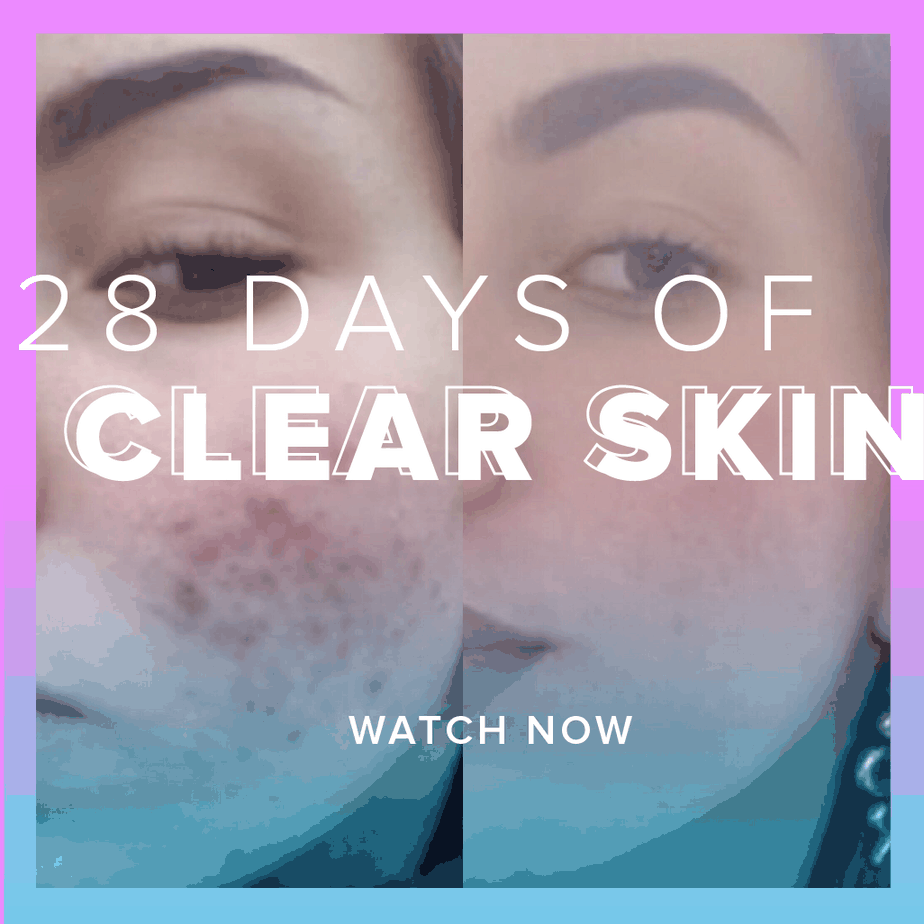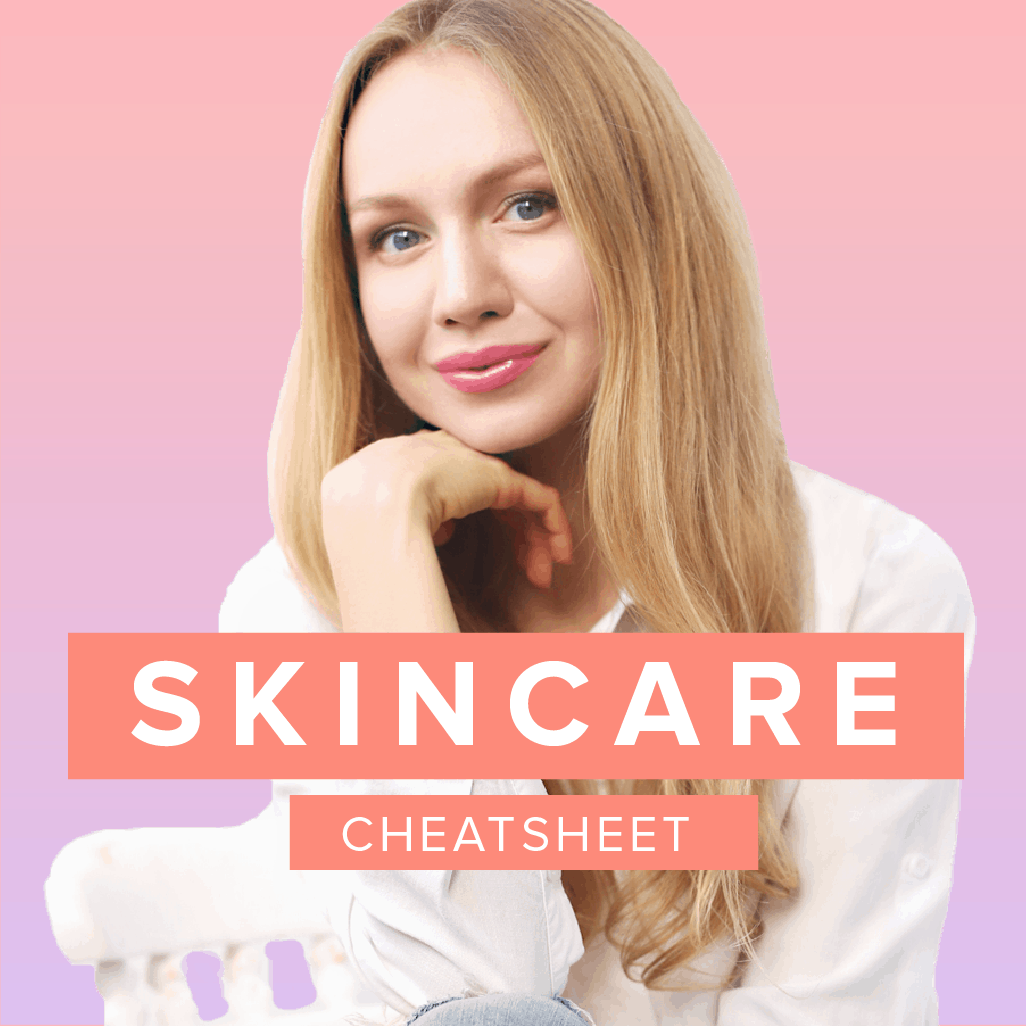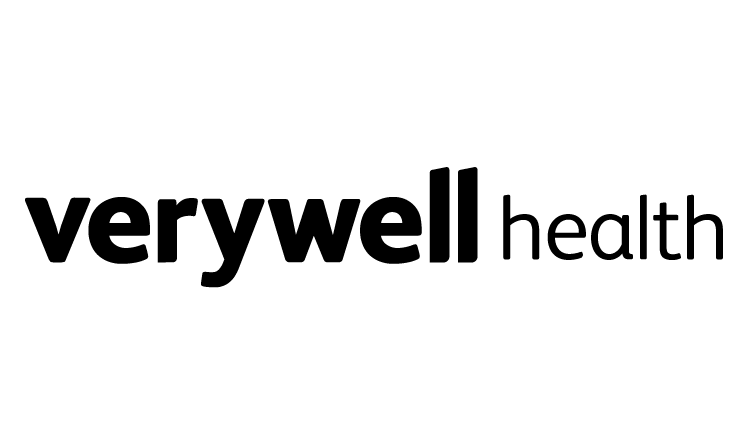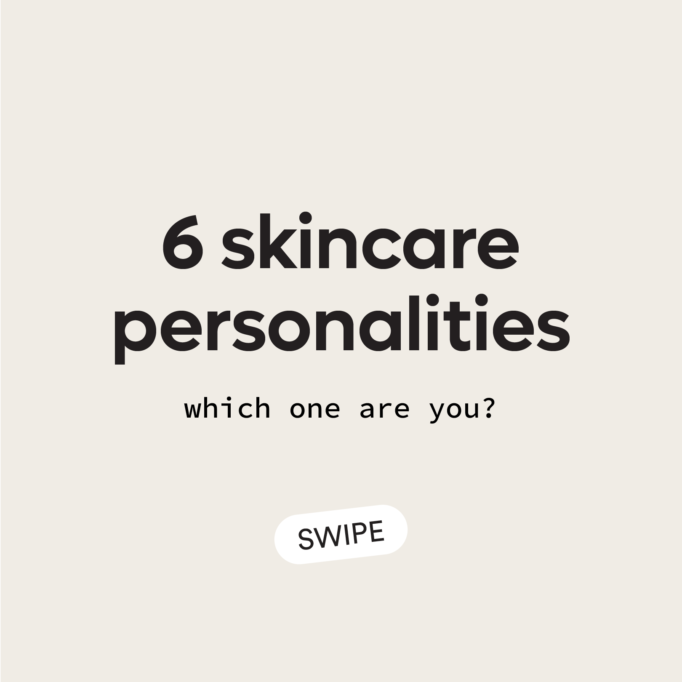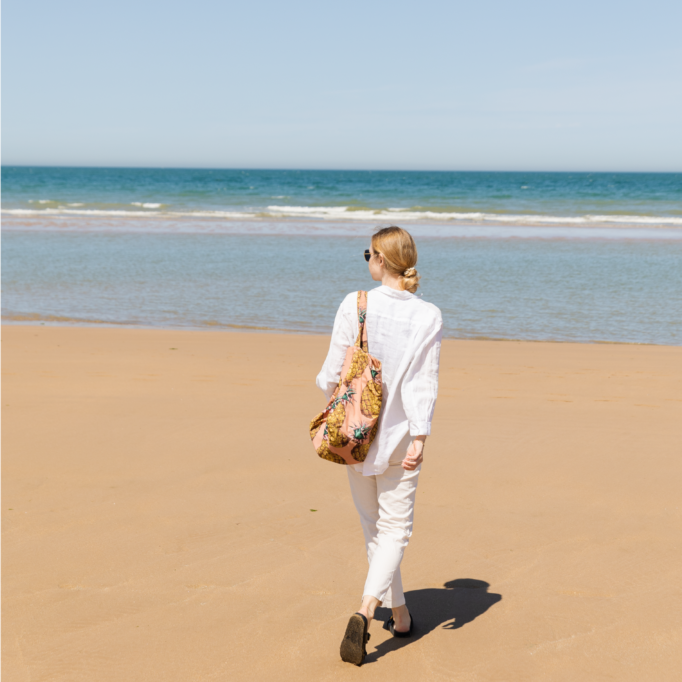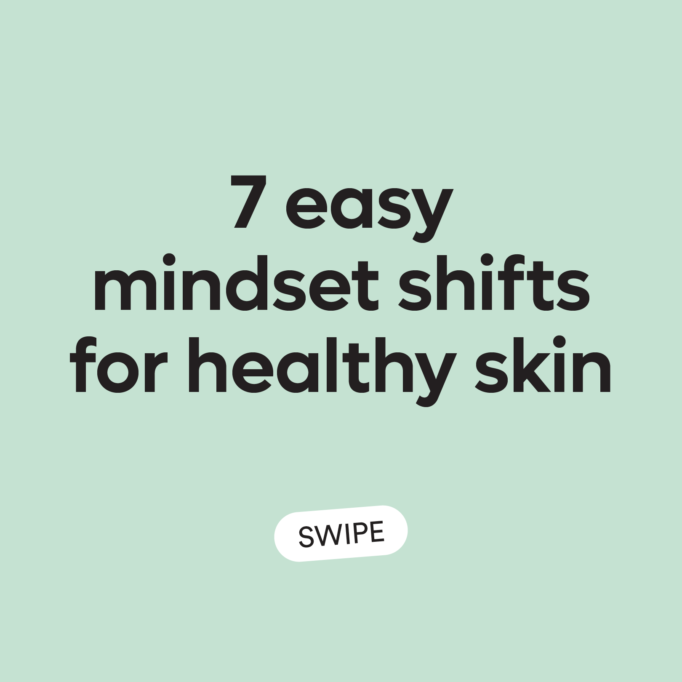One of my readers recently informed me that the 3-Step Moisture Method™ is trending on TikTok again, but is renamed Skin Flooding.
I’m not surprised, given that this method gets a new name every couple of years under the guise of being a new skincare trend.
So I googled it to see what it is supposed to be this time and found an article where dermatologists explain how to use it.
There’s a lot we can learn about the online landscape of skincare misinformation from this one trend.
Given that skincare has blown up years on the internet in recent, it seems everyone wants a piece of the skincare pie.
*See the sheer volume of celebrity skincare lines popping up*
But we forget…
Most people learn about skincare on the internet (on social media, to be precise). Including dermatologists!
This is why they often simply repeat what some 18-year-old repeats in a game of skincare broken telephone.
Unfortunately, like the rest of us, they’re not immune to social media influence…
Let’s see if you can spot just how broken this telephone has gotten!
How experts describe skin flooding
The article on skin flooding is off to a good start.
“The foundation of skin flooding is to ‘flood’ the skin with moisture, first using a humectant to deliver hydration, and then layering an emollient to lock in moisture and prevent water loss,” says Toral Vaidya, M.D., MPH, dermatology resident physician in New York City.
Sounds…identical to the 3-Step Moisture Method™ so far, minus the flooding bit…
“Hyaluronic acid is a humectant, meaning it acts like a sponge, pulling moisture from the atmosphere into your skin. If your skin is damp, this helps it to draw in the moisture from the surface of the skin to penetrate the deeper layers. Locking in serums with an emollient cream is an important step to retaining that moisture, “ said Alice Henshaw, founder of a skincare brand.
This bit is outdated regarding Hyaluronic Acid, I used to say it like that too.
Humectants just slow down transepidermal water loss, maintaining hydration on the surface of the skin in the epidermis. They technically work without water being added first, but I recommend water to help the next steps glide more easily so that you use LESS product overall. I tested this step without water, and it wasn’t comparable in terms of application, overall comfort, and results.
So water here is key.
I’m not sure if they’re trying to say deeper layers of the epidermis or deeper layers of skin (the dermis), the former is somewhat right while the latter would be totally wrong. It’s basically a lot of blah blah to sound like they know what they’re talking about…But these are old talking points that everyone has repeated for the last 6 years.
This is where things quickly unravel…
“If you have dry skin, the skin flooding technique can be used nightly; if you have normal to oily skin, consider doing skin flooding as your weekly treatment,” says Jennifer Linder, M.D., board-certified dermatologist. Then the article adds “Acne-prone skin should proceed cautiously and sparingly with skin flooding as excess products can clog pores and trigger breakouts.”
*loses consciousness from disbelief*
Here, you can see some real ignorance about:
a. Skin hydration
b. Acne-prone skin
c. Oily skin.
d. Clogging
e. Consistency in skincare
The experts in this article don’t seem to understand skincare nuance and how exactly to tailor skincare to the needs of each individual to achieve amazing long-term results.
Moisturizing properly isn’t just for people with dry skin — this is an absurd and outdated idea.
Anyone’s skin can get dry, and the question is always why. Answer why, and solve the problem.
But if you’re moisturizing properly every day, and not ONCE A WEEK, you won’t need to ask the question, “Why is my skin dry?”
Again, they’re demonstrating their longstanding irrational fear of moisturizers on oily or acne-prone skin and their lack of understanding of formulas.
Simply put:
Different moisturizers are formulated differently. Different formulas will give different results.
Everyone’s skin is different, so choosing products based on what suits your skin and supports it best is important. There are great moisturizers that people with oily or acne-prone skin can use with incredible results.
Instead of perpetuating the myth that people with oily or acne-prone skin shouldn’t moisturize properly, they should be taught how to moisturize properly…Stay tuned, I’ll teach you soon!
Everyone’s skin improves from doing this step right. Whether you have oily skin (the best skin!), acne-prone skin, rosacea, dermatitis, your skin benefits from this step, improving overall skin function, skin healing, skin appearance, and comfort.
Please see all the before and after progress photos I share on Instagram — everyone uses the 3-Step Moisture Method™ to achieve th results in the after photo.
How to do skin flooding, according to the experts?
I’ll just quote the article:
“To make the process more effective, leave your skin a bit damp after cleansing and begin with layering humectants—Vaidya recommends starting with a calming thermal water mist, and Linder recommends a toner or essence designed for your skin type.“
Why pay for water in a bottle with a nozzle?
Calming thermal water? How is thermal water calming? More calming than free tap water??
Again, skin types are a marketing gimmick…along with thermal water, toners, and essences. I can’t believe that experts still use these terms and promote these products (learn more about why you should ignore skin types inside the Skin Queen course).
“Then continue to layer your products from thinnest to thickest, essentially flooding the skin, using hydrating water-based serums like hyaluronic acid, niacinamide, and glycerin (The Ordinary makes some of the most popular, and affordable products) and being sure to avoid any alcohol-based products. You can continue layering products, although Dr. Linder recommends keeping this section of the routine to four products because the skin will eventually reach its saturation point.”
You don’t get more benefit layering 3-4 humectant serums, when they do the same exact thing, and when you only have ONE face (hopefully).
There is absolutely NO NEED to FLOOD your face with multiple products. NONE.
This will work against your skin, and simply waste products.
You only need a single humectant serum for this step.
Just. One.
“Once you’ve layered your products and flooded your skin, seal it all together with an emollient, i.e. your moisturizing cream. “Look for ingredients like ceramides, tocopherol, and shea butter. Silicones are a great option to lock in that hydration with a lighter texture too,” says Dr. Linder.
*Facepalm*
The good doctor just listed the ingredients in their favourite moisturizer (i.e. subjective preferences framed as objective best practices).
Notice how they don’t mention the exact amounts you should use?
Because they literally don’t know.
I can see how this trend is great visually on TikTok; flooding the skin with serums might sound and look impressive. In the end your skin will look really glowy, that is until she hits the “stop record” button and the products evaporate.
And I can see how it’ll sell a lot more product given the wastefulness implied in the name of this trend.
This article promotes overuse of products and manages to put oily skin in some weird, problematic category even though I’d argue that oily skin is normal and even superior to skin that produces less sebum. Sebum is protective, so it’s not bad to produce it!
We oily-skinned girls have to stop falling for the marketing that vilifies sebum.
You can have glowy, healthy, clear skin that’s oily. Period.
Why is the 3-Step Moisture Method™ still the absolute best way to moisturize?
The idea behind the 3-Step Moisture Method™ is to give your skin just enough hydration, use just enough product and the right product to avoid gooping things on and ruining your skin in the process.
This method is simple and precise.
It’s three steps, without waste, without nonsense.
The 3-Step Moisture Method™ recap:
Step 1: Add tap water so that your skin is damp, not dripping wet.
Step 2: Before the water dries, add 2-4 drops of your favorite humectant serum.
Step 3: Before this dries, add a pea-size or a pea and a half of your favorite moisturizer to seal everything in. Allow to dry.
If you do this in the morning, wash your hands, and then follow with your favorite sunscreen.
Don’t forget to do it in the evening as well, so twice a day, regardless of your alleged “skin type”.
Your skin should feel normal and comfortable, NOT goopy, after you’re done.
Please, never drown your face in products.
“Olena, where should my actives go?”
Watch this video.
This way, you get the most out of your products, and you optimize hydration without irritating your skin or leading to other potential problems.
I look forward to you trying the mega reliable and effective 3-Step Moisture Method™ that has helped thousands of women around the world get clearer and more comfortable skin. Make sure you take some before photos though!!
It’s not a trend. It’s just a boring basic step that everyone should practice.
Final Thoughts
I will repeat this until the industry does better (by eventually copying what I’ve been saying for the better part of 6 years), but, dermatologists are not the best sources of skincare advice.
“But, Olena, dermatologists know the most about skin!”
Absolutely, dermatologists probably know the most about skin, and in particular, skin diseases and how to treat them. (Keeping in mind that there are competent and incompetent people in every field).
Yes, they have to know about serious things that sometimes involve heavy-duty intervention in the form of medicine, surgical removal, lasers, etc.
When you need the big guns, go see a dermatologist!
However, your self-created skin conditions don’t fall under this category.
Dermatologists aren’t meant to troubleshoot your skincare habits.
Most dermatologists aren’t aware of this either.
Skin CARE (how to care for your skin with skincare products and habits) is their huge blind spot.
They don’t take it seriously enough AND think they get it because they’re dermatologists.
It’s like a family doctor thinking they just get nutrition without studying it. Sorry, a three hour nutrition course doesn’t make you an expert on the topic.
Experts with blind spots lead to a lot more misinformation.
But people perceive this misinformation as information because she’s a doctor!
That’s authority bias in action.
Dermatologists, like us regular humans, are not immune to social media influence!
They genuinely think that their fellow dermatologists, who are simply repeating skincare advice from TIKTOKS, are onto something and start repeating it too.
Notice how when experts are asked to comment on skincare trends, they often support the trend.
Which gives tiktok trends more attention and credibility (like by explaining them in articles).
They don’t sit the journalist down and school them on how this trend can be used incorrectly or how it may be simply dumb. They don’t tell the journalist that teenagers on TikTok aren’t the best place to get skincare advice and that this tendency can lead to worsening skin and a lot of damage.
They don’t even minimize buying.
Proof that a lot of them are just parroting tiktokers is all the identical advice, same language, and even the same mistakes. They speak in trends and outdated ideas:
- How to spot treat?
- Why you should double cleanse?
- The best moisturizers for acne-prone skin.
- The best products to heal your barrier.
- Hyaluronic Acid is inflammatory (from an outdated textbook).
- Why you should skin cycle?
- How to get rid of pores?
- Acne is a lifelong inflammatory skin disease.
- Tretinoin is the best active.
These are actual things I’ve seen actual dermatologists say, perpetuating the following myths:
- A pimple forms overnight
- Quick fixes exist
- Skin types exist
- Universal skincare routines exist
- Acne-prone skin is a type of skin
- Acne is forever
- Pores are a flaw
- There is a product that everyone should use
- Dermatologists are skincare experts (most really aren’t).
Please, watch out for nonsense.
90% of skincare advice on the internet is flaming, hot garbage.
Some of it, to my chagrin, is shared by board-certified dermatologists.
It’s usually sprinkled in among things that are true, so it can sound good and is hard to spot.
Unfortunately, this only makes my job harder, having to reprogram people from the flood of skincare misinformation. Every. Day.
It’s true, I don’t have letters next to my name to give me instant credibility to spew whatever I want on this topic.
But that’s probably why I spent so much time doing my homework.
I had to spend over a decade figuring out this narrow specialty.
It’s complex and challenging and I take it very seriously because I know skincare misinformation’s long-term implications on people’s lives.
Please understand: skin health is not a trend.
You don’t get healthy skin from following trends.
Trends only serve to distract you from what really matters.
You get healthy skin by supporting and protecting your skin with:
- Know-how
- Well-formulated products that suit your skin
- Consistency
- And patience
It’s not sexy, and it doesn’t happen overnight. But it works.
Master these 4 and you’ll be sure to get your clear skin back without the struggle.
Love & Logic!
Olena
PS. If you’d like to learn how to take next level care of your skin at home without jumping from useless product and trend to useless product and trend, then learn more about the Skin Queen course here.

